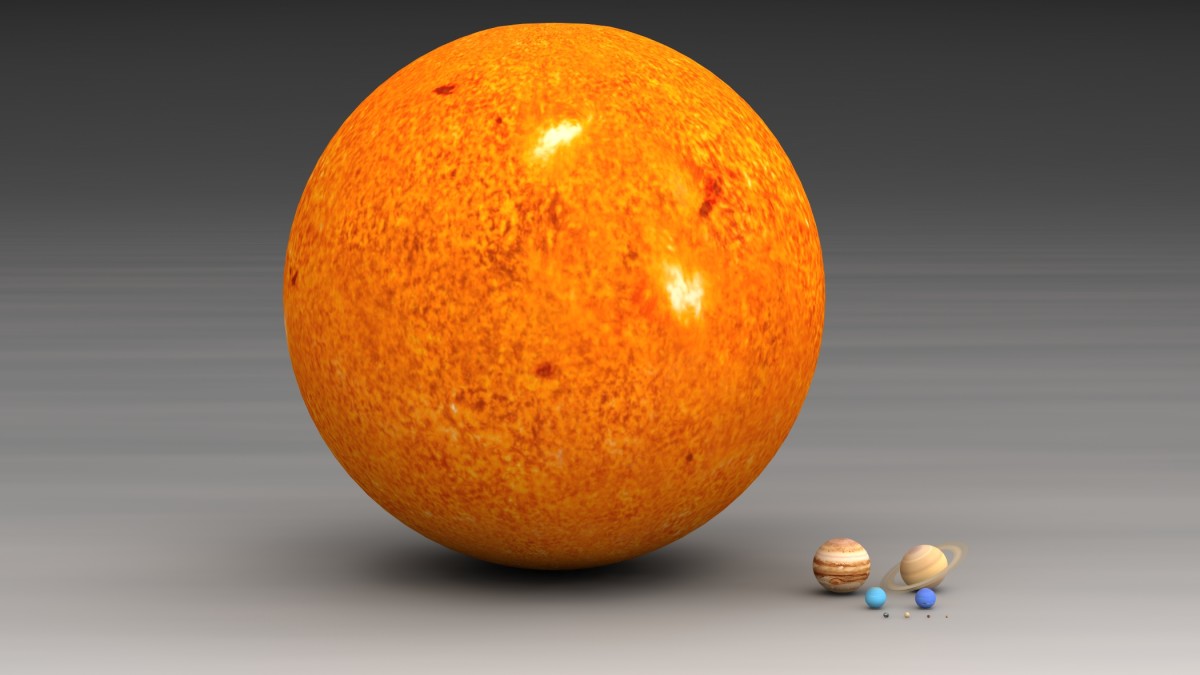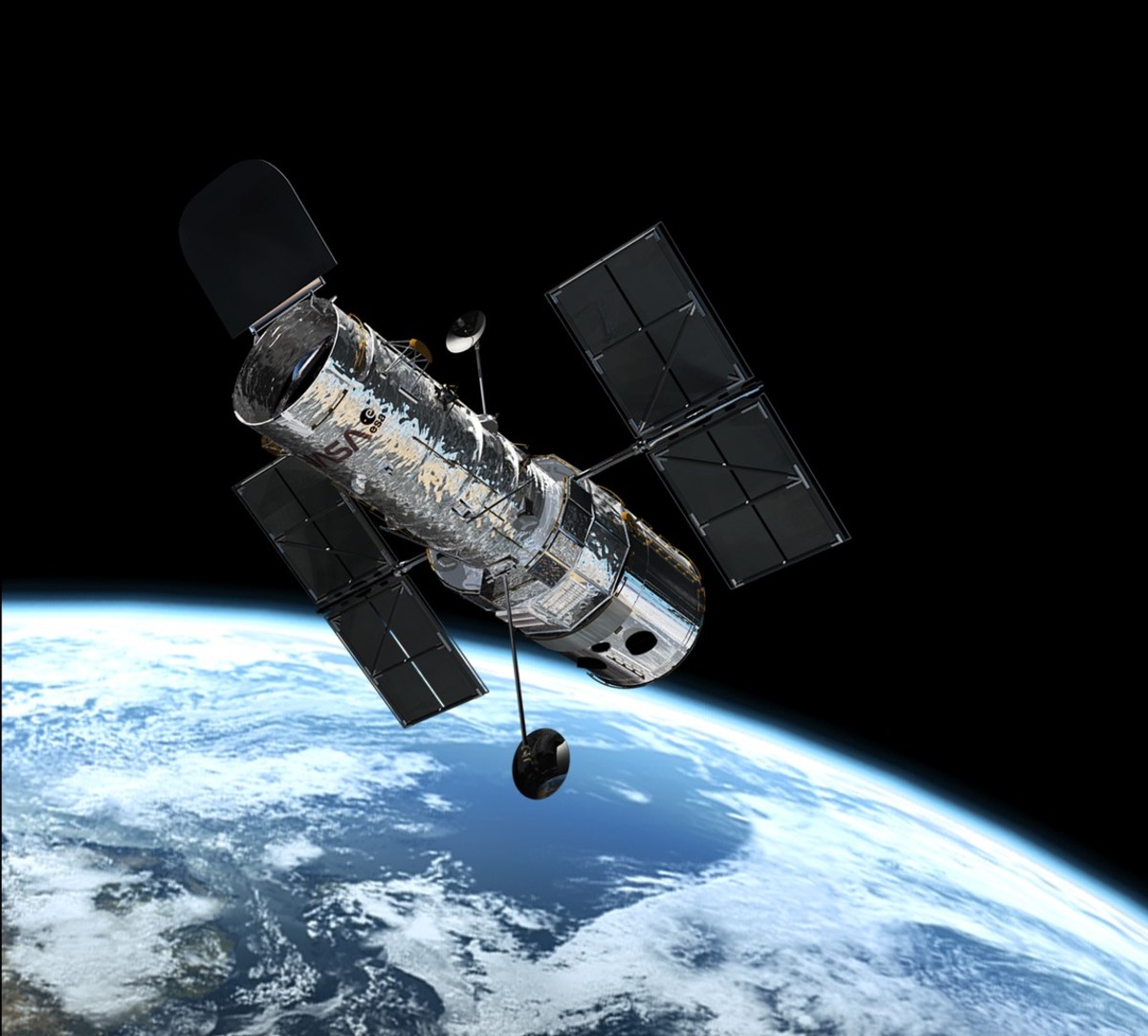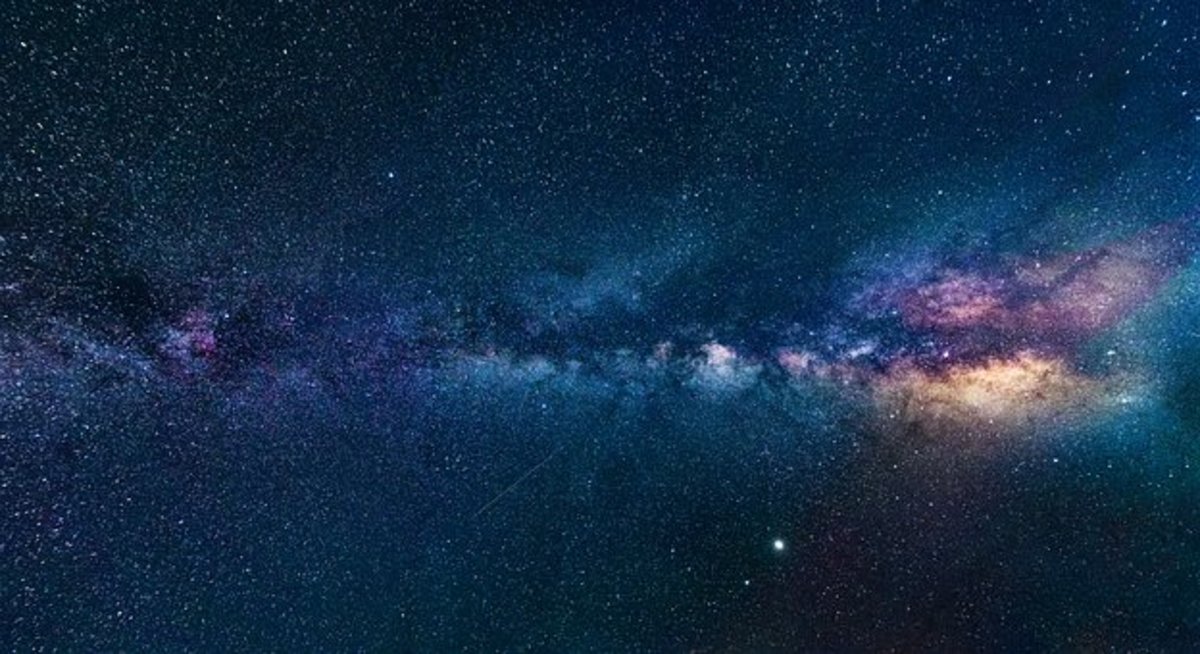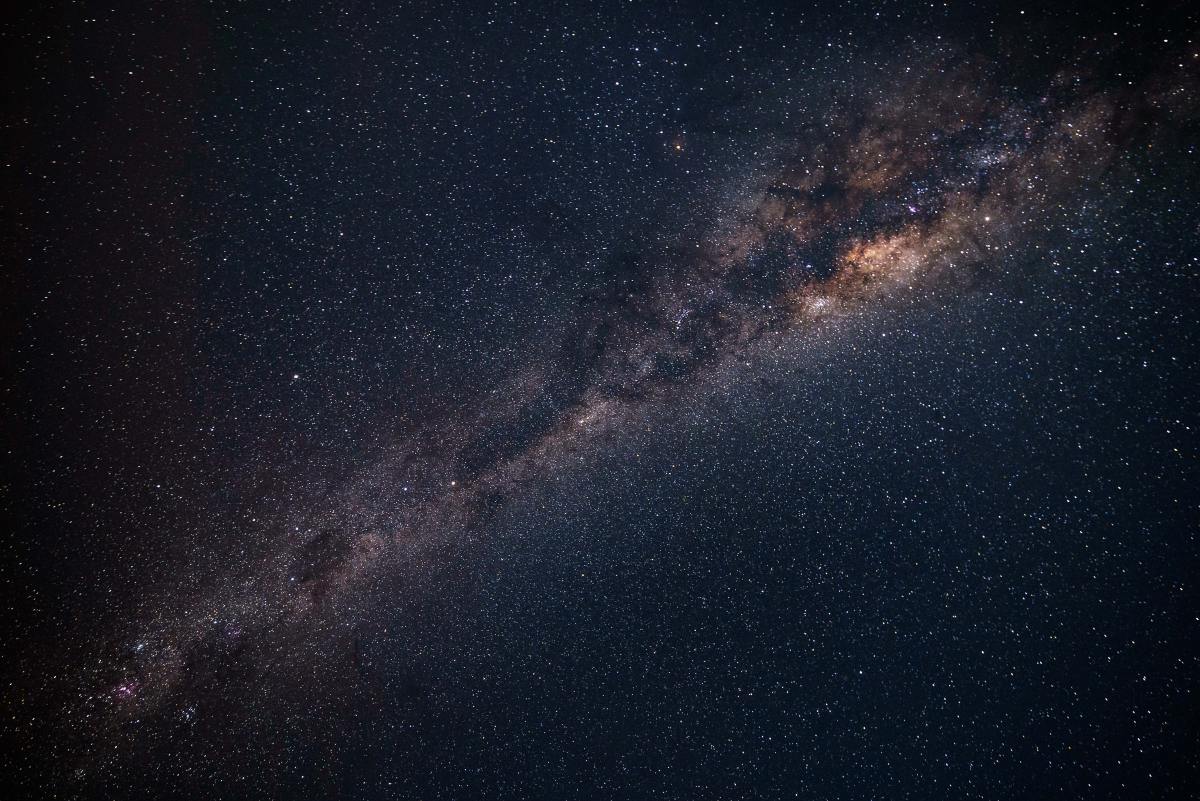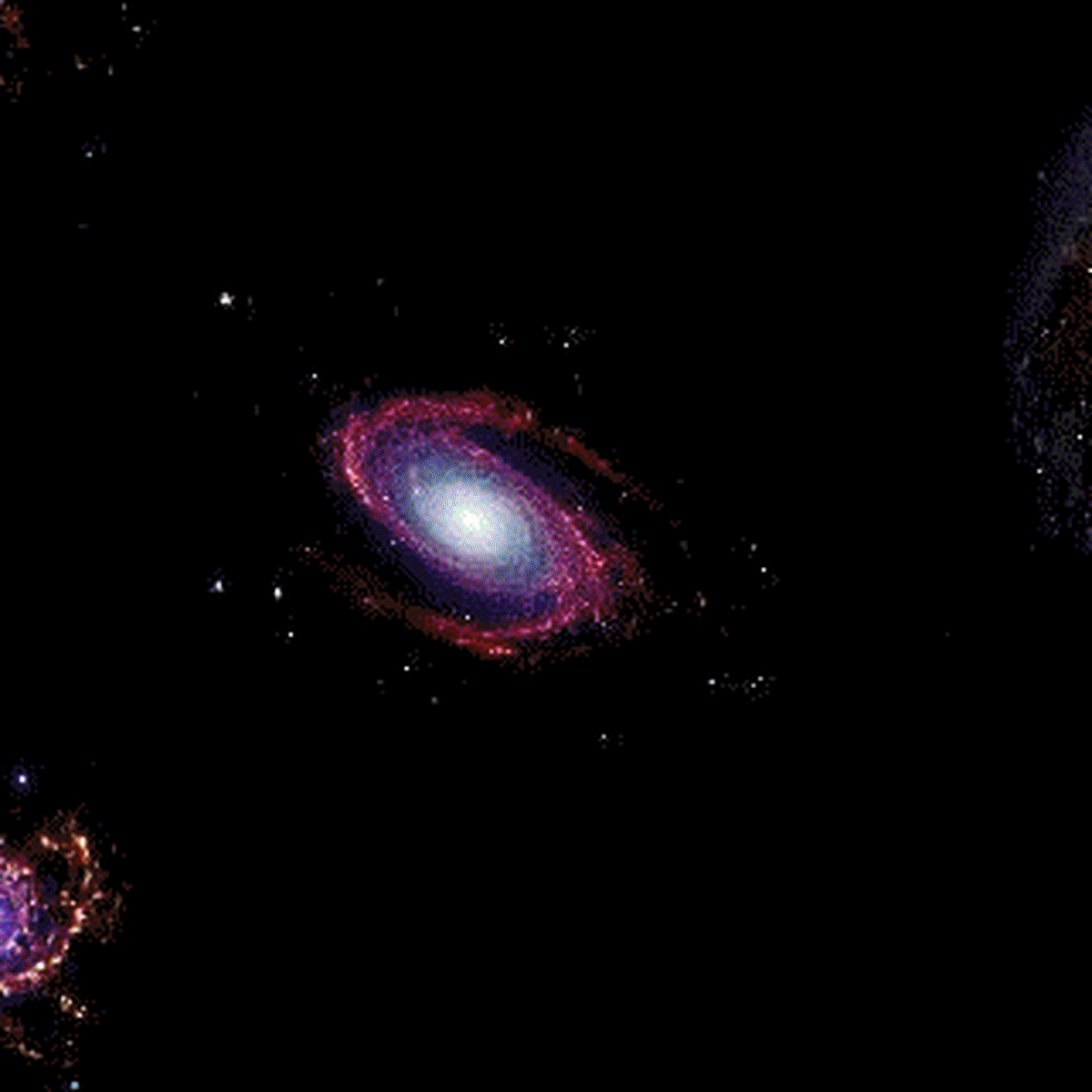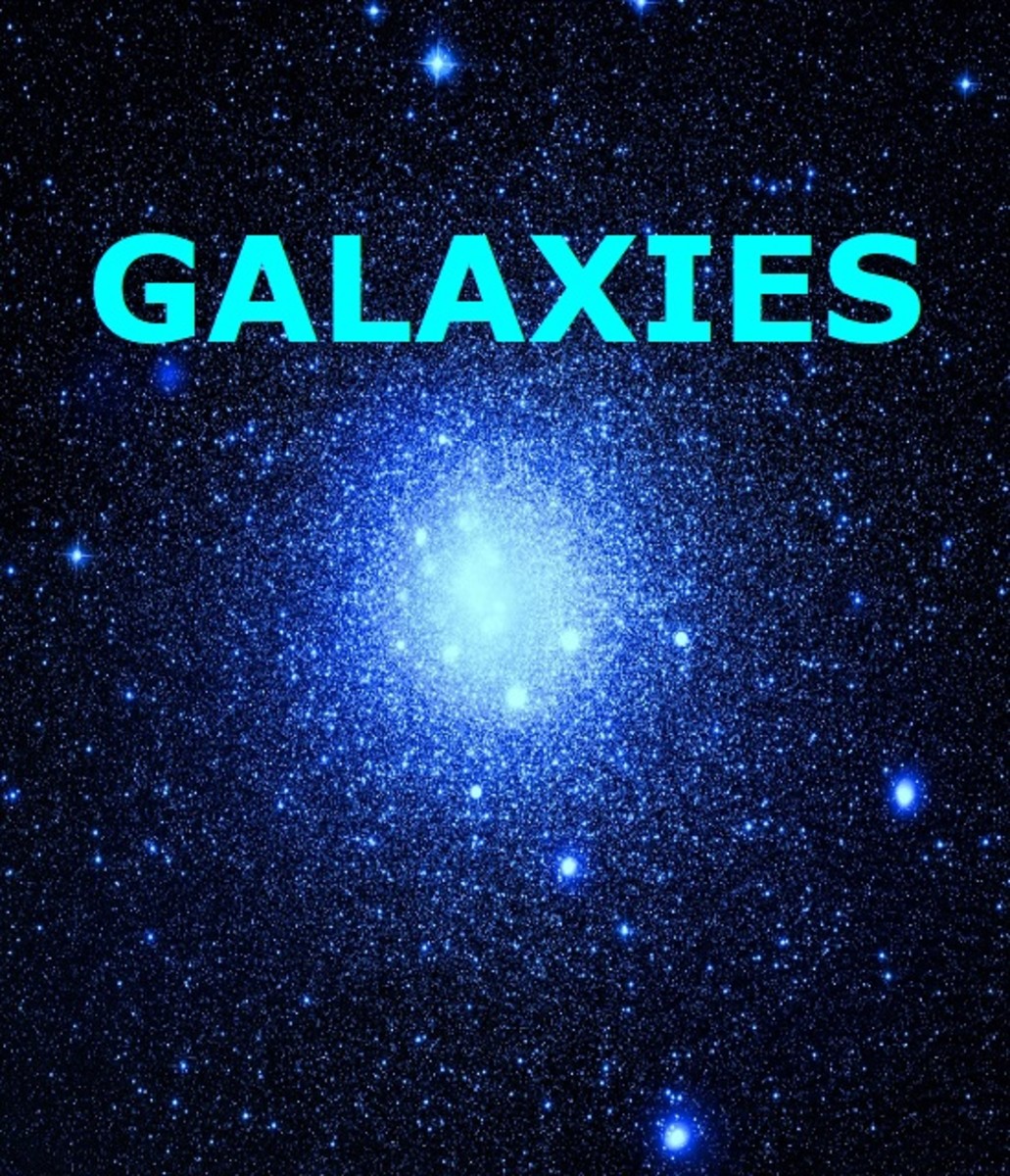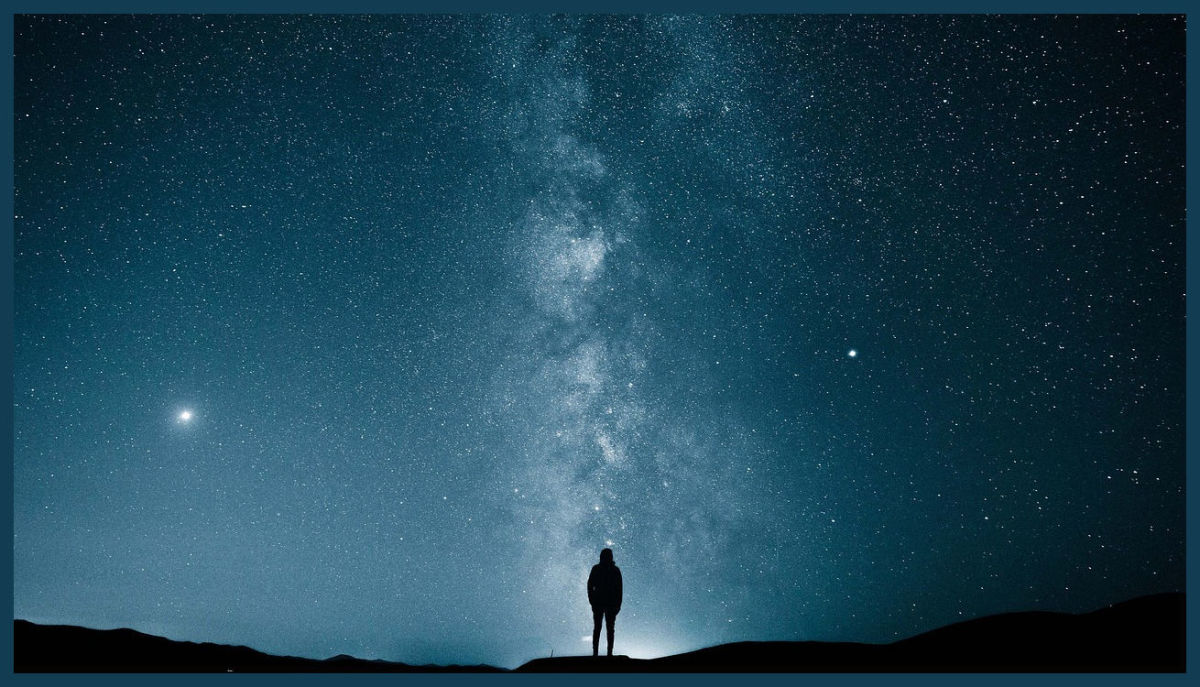The Antennae Galaxies - What Happens when Galaxies Collide
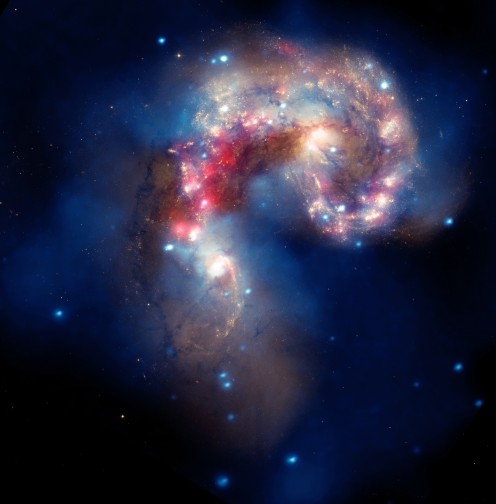
What happens when galaxies collide?
Astronomers say that galaxies can collide. What happens at such a collision? Many say that it puts on quite a pyrotechnic show when they do collide, based on what is seen from the Hubble Telescope. The Antennae Galaxies are one such pair of galaxies that have collided. They are the nearest, and youngest examples of galaxies colliding. I am wowed at what Hubble and other telescopes are able to capture, and thus able to share with us! I feel very thankful just to be able to observe such amazing beauty in the universe, it is simply stunning to me.
Can you even begin to imagine two separate galaxies colliding? Since galaxies are not solid objects, a collision is rather interesting, to put it lightly. They don't crash or bump into each other then bounce back off. Its more of a matter of one galaxy infiltrating another galaxy. It is said that these galaxies can close in on each other at nearly a million miles an hour. They each can contain hundreds of billions of stars as well.
These stars don't literally crash into each other because they are so far apart, but they do engage in a kind of tug of war with the gravitational pulls. The stars are pulled one way by one galaxy, while the other pulls stars in its direction. Basically, one galaxy will "win" out over the other, and kind of assimilate the other into itself to be a larger galaxy. It all depends on the nature and relative mass each of the two galaxies in question.
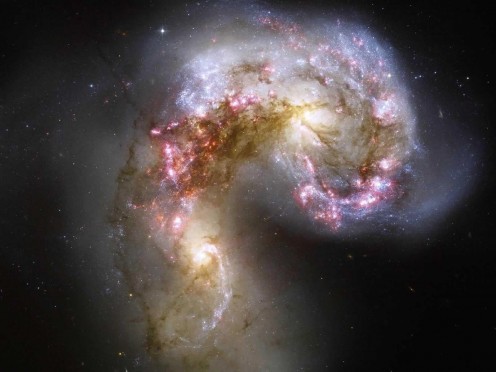
How did The Antennae Galaxies collide?
We are told that spiral galaxies with a similar mass can collide together, and when this happens, their stars can be pulled from their original orbits. Then the galaxies can lose their spiral structure, so to speak. The stars will do usually one of two things, from what I understand. They can gravitate toward the center of the two merging systems, or they can be flung out into space in long streamers. It would be so cool to observe that.
With the Antennae galaxies, they are saying that a billion years ago, such a collision occurred. The collision was between NGC 4038 and NGC 4039. When this happened, it produced a pair of long, curving "streamers" of stars, as you see in the pictures. When this happened, it produced what looks like an insects head along with antennae. Thus the name came to be, for the two interacting galaxies now called The Antennae Galaxies.
These Pictures of Antennae Galaxies, what you are seeing
We see the result of what they believe are colliding galaxies of similar size. We are seeing the center. On the outside, we see the curving streamers stars. The "antennae" I mention, are actually on the outside of the picture frame, in the above pictures. The two galaxies merging force billions of stars to be born. I am completely blown away by this whole process, and think its unbelievably beautiful and magnificent!
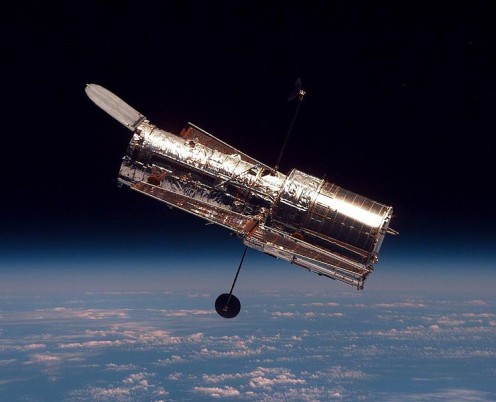
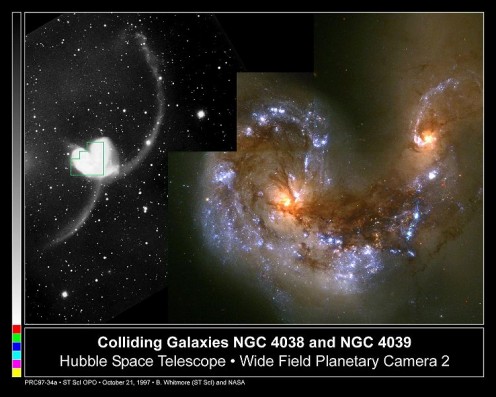
What happens if galaxies collide of unequal sizes?
Many things can happen if a galaxy collides with another one of a different size. For instance, if a large and small one collide, the larger one can pull apart the smaller one, and basically become a part of the larger one. Some say this is what is happening in our own galaxy, and it is pulling apart the Magellanic Clouds.
The other thing that can happen, is a small galaxy may be able to pass on through a larger galaxy. It can trigger a new round of star formation. Its spiral structure will also be destroyed. This is what happened with the Cartwheel Galaxy. There was amazing star formation occurring at one part of the "wheel." This happened approximately 500 billion years ago, according to many astronomers.
See, when colliding galaxies come together, the gas clouds can collapse. This is because of gravitational forces, and when it happens there is an amazing burst of star formation. I simply cannot imagine this happening, and wish I could observe it! In a sense, we are able to observe it after the fact, thanks to Hubble and modern technology. When this sudden star formation occurs, it is called a "starburst". You can see them happening in galaxies that are being distorted by other ones nearby.
© 2011 Paula

